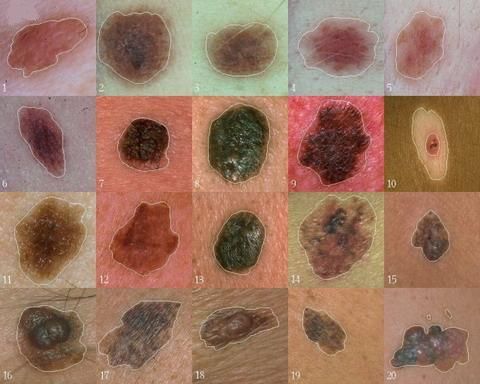New publications
Scientists have found a gene that plays a central role in the development of melanoma
Last reviewed: 01.07.2025

All iLive content is medically reviewed or fact checked to ensure as much factual accuracy as possible.
We have strict sourcing guidelines and only link to reputable media sites, academic research institutions and, whenever possible, medically peer reviewed studies. Note that the numbers in parentheses ([1], [2], etc.) are clickable links to these studies.
If you feel that any of our content is inaccurate, out-of-date, or otherwise questionable, please select it and press Ctrl + Enter.
The mechanisms underlying melanoma, the most aggressive skin cancer, are largely unknown, and despite years of intensive research, no effective treatment has been found. Swiss scientists have identified a gene that plays a central role in the development of melanoma. Silencing this gene in mice inhibits the proliferation of tumor stem cells and prevents their survival – a discovery that could pave the way for more effective treatments for this dreaded tumour.
Until recently, it was believed that a tumor was made up of many identical cells, each of which, by uncontrollably multiplying, made an equal contribution to its growth. However, according to a more recent hypothesis, a tumor may be made up of cancer stem cells and other, less aggressive tumor cells. Cancer stem cells can divide in the same way as normal organ-forming stem cells and differentiate into other cells, meaning that ultimately a tumor is formed from cells at different stages of differentiation. Thus, effective tumor therapy primarily involves combating cancer stem cells. Based on this, a group of stem cell scientists at the University of Zurich, led by Professor Dr. Lukas Sommer, decided to find out whether the mechanisms important for normal stem cells also play a role in cancer stem cells.

The mechanisms underlying the most aggressive skin cancer, melanoma, are largely unknown, and there are no effective treatments. Using a mouse model of giant congenital nevus and melanoma, Swiss scientists have shown that nevus and melanoma actively express Sox10, a transcription factor that is critical for the formation of melanocytes from neural crest cells. Surprisingly, haploinsufficiency of Sox10 counteracts the formation of NrasQ61K-induced congenital nevus and melanoma without affecting the physiological functions of neural crest derivatives in the skin. In addition, Sox10 is critical for the maintenance of tumor cells in vivo. In humans, virtually all congenital nevi and melanomas are Sox10-positive. Moreover, Sox10 silencing in human melanoma cells suppresses the properties of neural crest stem cells, prevents proliferation and cell survival, and completely suppresses tumor formation in vivo. Thus, Sox10 represents a promising target for the treatment of human congenital nevus and melanoma.
Melanoma cells are malignant pigment cells of the skin, melanocytes, which originate from stem cells of the so-called neural crest and are formed during embryonic development. Professor Sommer's group, working closely with dermatologists and pathologists, set out to find out whether cells with the characteristics of these specific stem cells are present in human tumor tissue.
"As we have been able to demonstrate by analyzing numerous biopsy samples from melanoma patients, this is indeed the case," says Professor Sommer. In particular, one gene that effectively controls the program of these stem cells was highly active in all the tumor tissues studied. This gene, known as Sox10, is important for the proliferation and survival of stem cells.
The next step for the Zurich researchers was to test how the Sox10 gene works in human melanoma cells. They found that in cancer cells, this gene also controls the stem cell program and is necessary for their division. To confirm this data in a living organism, the researchers turned to a mouse model of melanoma – transgenic animals with genetic mutations similar to those found in human melanoma cells, in which such tumors develop spontaneously. Amazingly, silencing Sox10 in these mice completely suppressed the formation and spread of cancer.
"Our study shows that the tumour can probably be treated by attacking its stem cells," concludes Professor Sommer.

 [
[